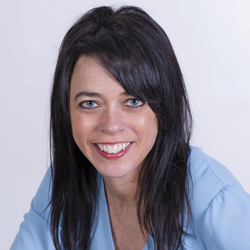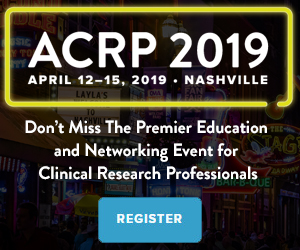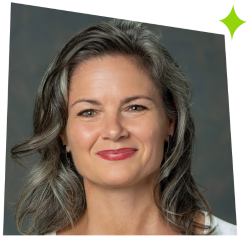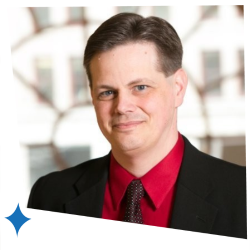“I know everyone is claiming patient-centered focus and patient engagement,” says parent and patient advocate Kristen Smedley. However, in her view, if the endpoint of a drug development program is not about alleviating patients’ most critical needs, the terms become empty buzzwords.
Smedley speaks from hard-earned experience. Two of her sons were diagnosed in infancy with a rare form of blindness known as CRB1 LCA/RP. In 2011, she founded the Curing Retinal Blindness Foundation (CRBF), the only patient organization in the world for this type of blindness. In less than five years, Smedley has led CRBF to raise more than $1 million and introduce the first-ever legislation in the United States in braille.
According to Smedley, clinical trial professionals “really need to look at what is meaningful for that patient, not necessarily just for the science or the field or the end result, [but asking] does that really reflect what is meaningful to the patient?”
She cites the example of the RPE65 clinical trials for the drug that became Luxturna. The original goal of the trial “started out with the typical vision chart that everybody’s used to,” Smedley says. “That was the deciding factor, can they see or not? It took a lot of parents and a lot of professionals and a lot of voices to convince [everyone] otherwise—that it isn’t necessarily the vision chart that is meaningful to a patient.”
She has two examples of disparate patient needs close to home. Both of her sons are skilled braille readers. “I don’t need them to see a vision chart,” she explains. “What I would love for them to have is the independence of traveling quickly and easily on a college campus at night or driving a car to stay independent.”
Set Extraordinary Expectations
Join Kristen Smedley at ACRP 2019 this April and be inspired and motivated. Kristen’s story will demonstrate how the power of perceptions and expectations drives your outcomes. Learn what it takes to ignite your own extraordinary journey through her (often hilarious!) real-life stories and examples.
Her sons are mulling very different treatment plans. “My oldest son now says if a treatment to reverse his blindness was available tomorrow, he likely would not take it because sight would slow him down at this point. If he had to go learn how to see, it would slow him down at [his first year in] college.” However, son number two is “ready to sign up” because “he wants any convenience that will come his way.”
For Smedley, her sons’ different perspectives reveal something of a fault line in the blindness community. “I think that has been the [hardest topic] in my rare eye disease community, [because] a lot of the massive organizations that are fighting for rights for blind people do not want to hear about a cure. They want full acceptance, and they’ll say that me working for a cure is not full acceptance of my sons’ blindness.”
Smedley calls that “baloney,” but says “there’s not a lot of people on the team that are working in both camps where I’m saying, ‘Look, you can work on restoring vision, and you can also work on getting the kids and adults the tools that they need to thrive, and let’s leave it up to them.’ It really comes down to [the fact that] each patient deserves the respect to not only have people fighting for options for them, but then also letting them take the option best for them.”
Author: Michael Causey




